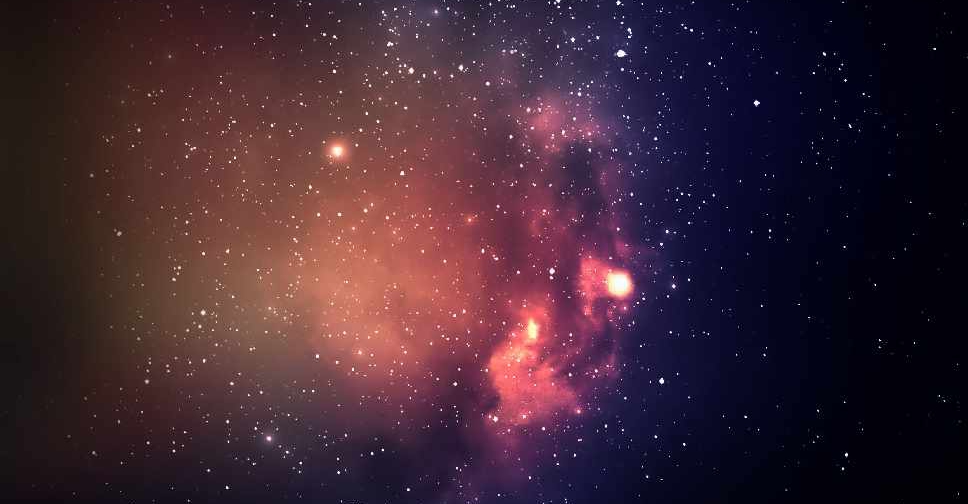
Scientists working with NASA's James Webb Space Telescope (JWST) have announced a major discovery in the Chamaeleon I molecular cloud, located just a few hundred light-years away from Earth.
The JWST revealed a stunning array of icy molecules hidden within the cloud that have the potential to fuse into the next generation of stars, planets, and even lead to the inception of life.
On top of structural icy bits such as frozen carbon dioxide, ammonia, and water, the JWST also detected evidence of "prebiotic molecules" in the cloud. These are specific chemicals known to foster the right conditions for precursors of life.
Will Rocha, who contributed to the discovery and is an astronomer at Leiden Observatory, said: "Our identification of complex organic molecules, like methanol and potentially ethanol, also suggests that the many star and planet systems developing in this particular cloud will inherit molecules in a fairly advanced chemical state. This could mean that the presence of prebiotic molecules in planetary systems is a common result of star formation, rather than a unique feature of our own Solar System."
The JWST works by using its gold-plated mirrors and high-tech instruments to detect specific wavelengths of light that fall within the infrared region of the electromagnetic spectrum.
Infrared light is not visible to the human eye, but a lot of light emanating from different areas of the universe arrives at Earth as invisible, infrared light. The JWST is able to decode this infrared light and turn it into information that can be understood by scientists.
Going forward, the team intends to see how these ices and prebiotic components evolve over time in Chamaeleon I as planet-forming disks start to arise in the region. As lead author Melissa McClure explained, "this will tell us which mixture of ices - and therefore which elements - can eventually be delivered to the surfaces of terrestrial exoplanets or incorporated into the atmospheres of giant gas or ice planets."
It is important to note that while this discovery opens up new avenues in the search for life in the universe, it does not provide proof of alien life or anything drastic like that. However, it does offer a glimpse into the potential for life in the universe and the ways in which it may be formed.




 Galapagos tortoises become first-time parents aged 100
Galapagos tortoises become first-time parents aged 100
 Scientists develop world’s smallest injectable, dissolvable pacemaker
Scientists develop world’s smallest injectable, dissolvable pacemaker
 From baked beans to chips, is Dubai's viral chocolate taking over global brands?
From baked beans to chips, is Dubai's viral chocolate taking over global brands?
 Gamer 'beats' Crossy Road with world record score
Gamer 'beats' Crossy Road with world record score
 United Airlines flight performs U-turn after pilot forgets passport
United Airlines flight performs U-turn after pilot forgets passport




